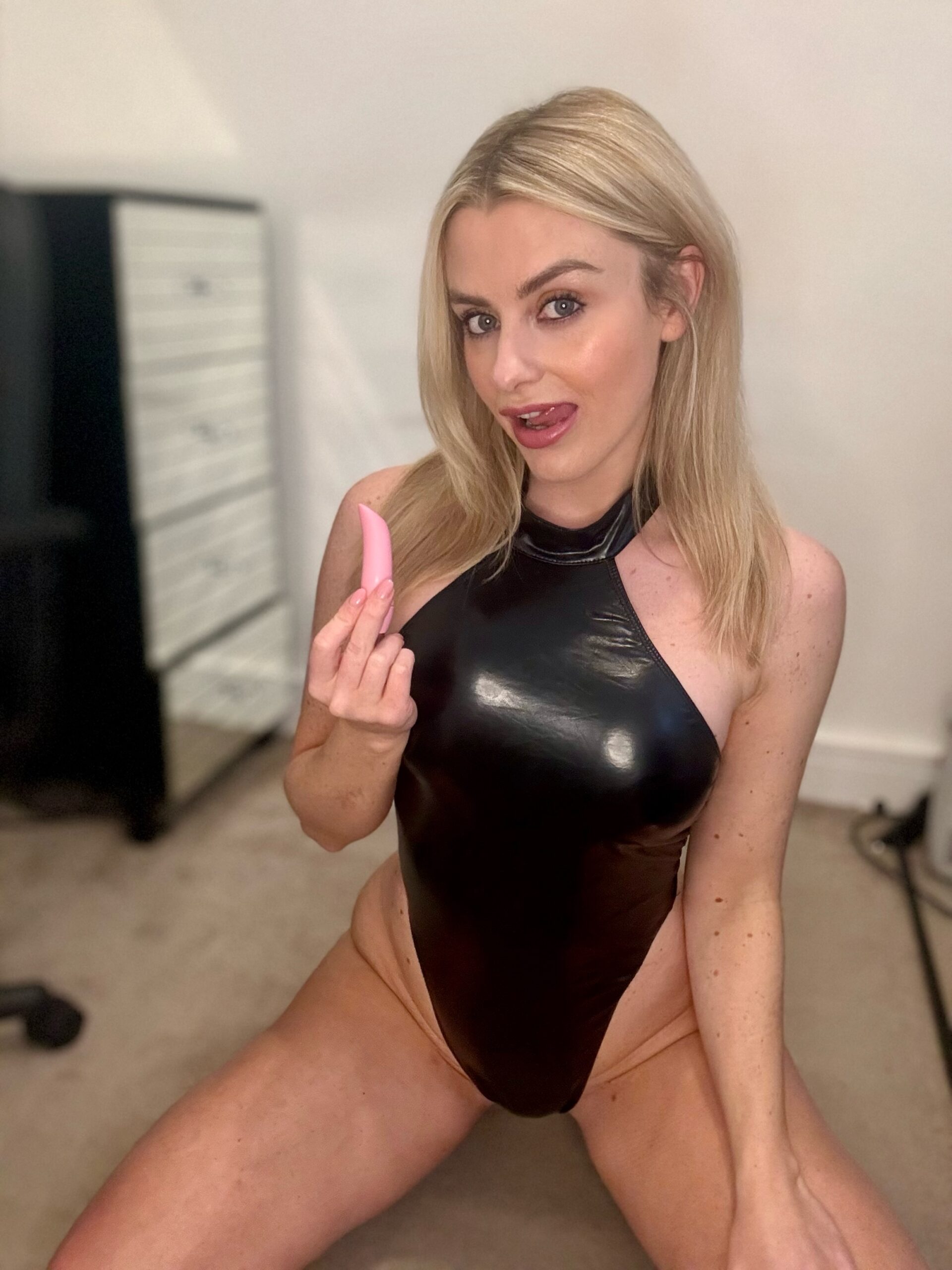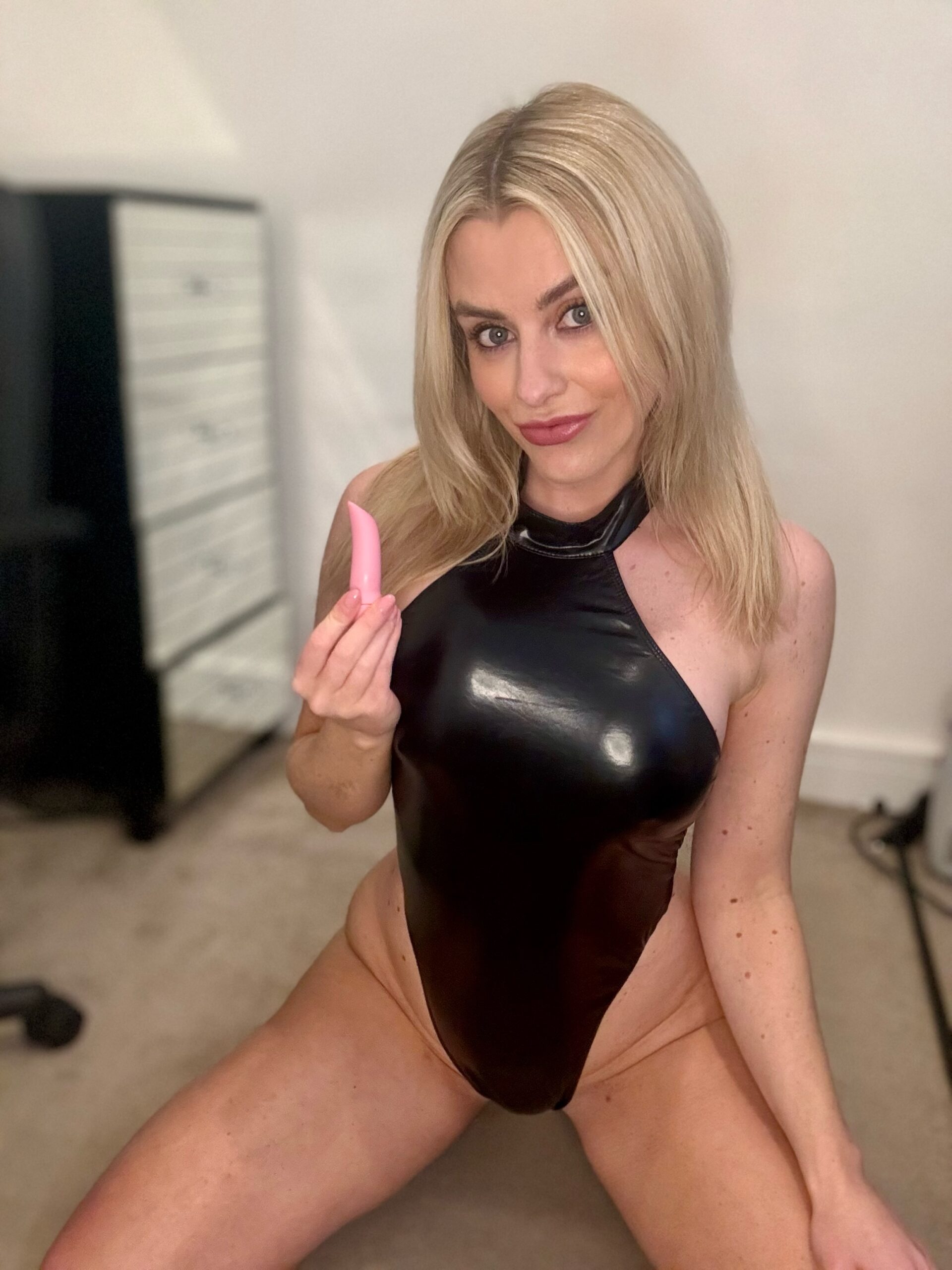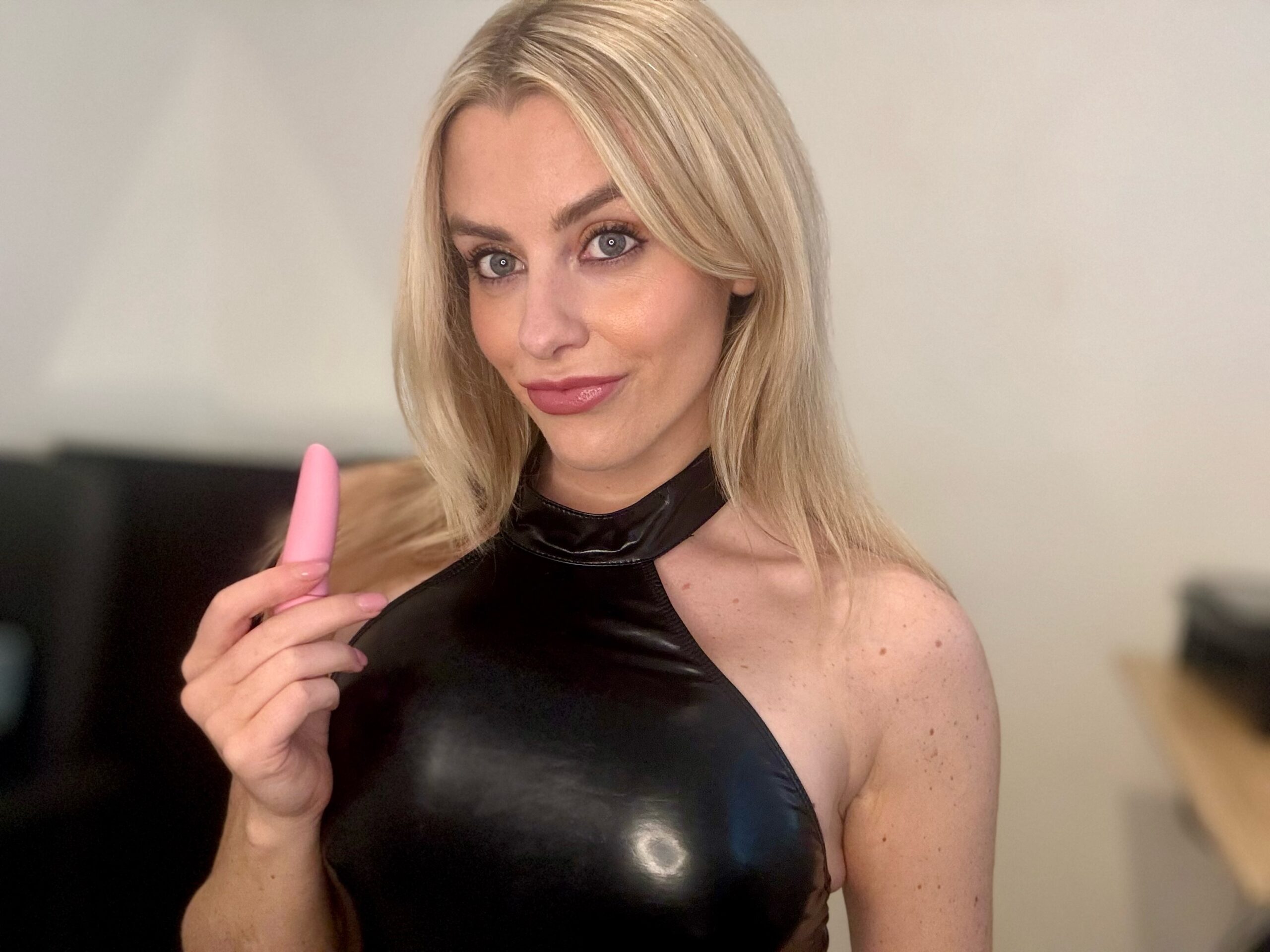Causes of Morphophilia Fetish
Morphophilia is a fetish that involves an attraction to unique or unusual body shapes and proportions. This fascination can stem from a desire for novelty, excitement, and variety in one’s romantic and sexual experiences. Individuals who identify as morphophiliacs may be drawn to partners with distinctive physical characteristics, such as unusual facial features, proportionally different body parts, or atypical bodily variations. The desire for morphophilia can also extend to fantasy and art, with some individuals finding inspiration in the work of artists and photographers who specialize in depicting unconventional beauty standards.
Physical Attractiveness

Morphophilia fetish refers to a strong and persistent sexual attraction towards unique body shapes, which may not be considered conventionally attractive by societal standards. This type of fascination can manifest in various ways, including a desire for individuals with rare medical conditions, unusual physical characteristics, or those who have undergone significant transformations due to surgery or other interventions.
Several psychological and biological factors are thought to contribute to the development of morphophilia fetish. One possible explanation is that it provides an escape from the pressure to conform to traditional beauty standards, allowing individuals to experience a sense of excitement and arousal from exploring unconventional attractions.
Additionally, research suggests that morphophilia fetish may be related to a desire for novelty and unpredictability, which can be sparked by the presence of unusual physical characteristics. This can also be linked to the brain’s reward system, which releases dopamine in response to novel or stimulating experiences.
Around the world, individuals with rare genetic conditions or congenital disorders are sometimes sought after for their unique physical attributes. In some cases, this may involve individuals who have undergone extensive surgical interventions to alter their appearance.
Furthermore, the rise of social media platforms has created new avenues for morphophilia fetishists to explore and express their interests. Online communities and forums have emerged where individuals can share and discuss their fascination with unique body shapes, providing a sense of belonging and validation.
In conclusion, morphophilia fetish represents a complex and multifaceted phenomenon that cannot be reduced to a single cause or explanation. Rather, it reflects a deeper societal tension between the desire for conformity and the need for individuality and self-expression.
Psychological Factors
Morphophilia, a term derived from the Greek words ‘morph’ (form) and ‘philia’ (love), refers to an unusual and often unexplained attraction to unique body shapes or forms. This fascination can manifest in various ways, including a predilection for individuals with exceptional physical features such as muscularity, slender limbs, or other distinguishing characteristics that diverge from societal norms of beauty.
Divergent Thinking
Morphophilia fetish refers to an unusual sexual attraction towards unique or exceptional body shapes, often involving distortions, anomalies, or unconventional physical characteristics. This fascination can stem from various psychological factors, including cognitive biases and brain processing mechanisms that predispose individuals to find certain body types more aesthetically pleasing or arousing.
Divergent thinking plays a significant role in morphophilia fetish, as it enables the individual’s mind to generate novel and unusual associations between body parts, shapes, and sizes. This cognitive ability allows them to create complex mental images that combine disparate elements in innovative ways, often resulting in a heightened sense of fascination or attraction towards seemingly aberrant body forms.
Moreover, research suggests that morphophiliacs may exhibit an increased tendency towards parallax perception, which is the brain’s ability to reconcile disparities between the two eyes and create a cohesive visual experience. This can lead to an intense focus on specific bodily features or shapes that seem ‘off’ or unusual, as the individual’s brain strives to make sense of these discrepancies.
The psychological factors underlying morphophilia fetish are complex and multifaceted, involving influences from cognitive psychology, neuroscience, anthropology, and sociology. Understanding these factors can provide valuable insights into the nature of human attraction and the diverse ways in which people experience and express their desires.
Cultural and Societal Influences
Cultural and societal influences have a profound impact on our perception of beauty, which in turn shapes the way we express ourselves through language. One notable aspect of this influence is the phenomenon of morphophilia fetish, where individuals are drawn to unique body shapes that deviate from traditional notions of physical attractiveness. This attraction can be observed in various forms of self-expression, such as fashion, art, and even language itself.
Media and Pop Culture
Morphophilia fetish, also known as attraction to unique body shapes, has its roots in cultural and societal influences that shape our perceptions of beauty and aesthetics.
The way we perceive beauty and attractiveness can vary greatly across cultures, with some societies valuing symmetry and perfection, while others appreciate uniqueness and diversity. For example, in Western cultures, the ideal body type is often associated with a slender, toned physique, whereas in many non-Western cultures, a more curvaceous figure is considered more attractive.
Media and pop culture also play a significant role in shaping our attitudes towards unique body shapes. The fashion industry, for instance, has historically featured models with idealized physical characteristics, perpetuating the notion that these are the only acceptable standards of beauty. However, recent years have seen a shift towards greater diversity and inclusivity, with designers and brands featuring models of different ages, abilities, and body types.
This growing emphasis on diversity and inclusivity has helped to challenge traditional notions of beauty and paved the way for a more accepting attitude towards unique body shapes. The rise of social media platforms has also enabled individuals to express themselves and celebrate their individuality, fostering a sense of community and connection among those who may have previously felt marginalized or excluded.
Furthermore, the fetishization of morphophilia can be seen as a manifestation of our society’s fascination with the unusual and the exotic. In an era where conformity is often prized, embracing uniqueness and diversity can be a powerful statement of self-expression and individuality.
Potential Risks and Consequences
Morphophilia fetish, also known as shape fetishism, refers to a specific type of sexual fascination with unique body shapes or forms. This can include an attraction to individuals with rare medical conditions that alter their physical appearance, such as contortionism, dwarfism, or other conditions that result in unusual body proportions. Additionally, morphophilia may involve a romantic interest in objects, animals, or concepts that have a shape or form that is considered unusual or distinctive. The potential risks and consequences of this fetish are multifaceted and complex.
Social Isolation
Morphophilia fetish, also known as attraction to unique body shapes, can lead to potential risks and consequences if not managed properly. One of the most significant risks is social isolation, where individuals may become withdrawn and isolated due to feelings of shame or embarrassment about their fascination with unusual body types.
Moreover, morphophilic tendencies can be stigmatized by society, leading to feelings of guilt, anxiety, or low self-esteem. This can result in the individual avoiding social interactions, intimate relationships, or even professional opportunities due to fear of judgment or rejection. Furthermore, online platforms where morphophilic individuals may seek to connect with others sharing similar interests can become breeding grounds for exploitation, harassment, or abuse.
Additionally, a fixation on unique body shapes can lead to an unhealthy preoccupation with certain physical characteristics, potentially manifesting in body dysmorphic disorders or eating disorders. This can further exacerbate feelings of social isolation and low self-esteem, creating a vicious cycle that is difficult to break.
In extreme cases, morphophilic tendencies can also contribute to the development of paraphilic disorders, such as fetishism, which can be associated with serious mental health consequences if left untreated. It is essential for individuals with morphophilic fetishes to seek professional help from a qualified therapist or counselor to address underlying issues and develop healthy coping mechanisms.

Therapeutic Approaches
Morphophilia, also known as shape preference or body shape fetishism, refers to an unusual attraction towards unique body shapes. This fascination can manifest in various ways, including a preference for certain types of physical characteristics, such as muscularity, curves, or proportions. While the origins and motivations behind morphophilia are complex and multifaceted, it is essential to approach this topic with sensitivity and awareness of the potential implications for mental health and well-being.
Cognitive Behavioral Therapy (CBT)
Cognitive Behavioral Therapy (CBT) can be a helpful approach in addressing morphophilic fetishes, which are attractions to unique body shapes or unusual physical characteristics.

In CBT, a therapist works with an individual to identify and challenge negative thought patterns and behaviors associated with their fetish. This may involve exploring the origins of the fetish, understanding its impact on daily life, and learning more constructive ways to manage desires and impulses.
A common technique used in CBT is exposure therapy, where individuals are gradually exposed to stimuli that trigger their fetishistic responses, while learning relaxation techniques and coping strategies to reduce anxiety and discomfort. For example, a person with a morphophilic fetish for unusual body shapes might be asked to look at pictures of people with different body types without judgment or reaction.
CBT can also help individuals develop more realistic and balanced expectations about their fetishes, reducing the intensity of their desires and improving overall well-being. By challenging negative thought patterns and behaviors, CBT aims to empower individuals to make informed choices and take control of their lives, rather than being controlled by their fantasies.

Furthermore, CBT can be integrated with other therapeutic approaches, such as humanistic or psychodynamic therapies, to provide a more comprehensive understanding of the individual’s complex emotions, needs, and desires. By addressing the underlying psychological dynamics, CBT can help individuals develop greater self-awareness, confidence, and resilience in managing their fetishes and other aspects of their life.
Support and Resources
Morphophilia fetish refers to an attraction towards unique body shapes, which can be considered unconventional or extraordinary in terms of physical appearance. This interest may stem from various aspects such as unusual proportions, diverse features, or atypical beauty standards. It is essential for individuals to understand that morphophilia is a legitimate aspect of human sexuality, and seeking support and resources can help those who identify with this fetish navigate their desires and boundaries.
Online Communities
Morphophilia fetish refers to an individual’s attraction to unique or uncommon body shapes, often involving variations in physical proportions, shape, or form.
- One common aspect of morphophilia fetish is the appreciation of unusual limb lengths or proportions, with some individuals finding shorter or longer limbs particularly arousing.
- The fascination with facial features such as prominent bones, unusual nose shapes, or distinctive eye structures is another aspect of morphophilia.
Support and resources for individuals exploring or struggling with morphophilia fetish can be found through various online communities and forums. These platforms provide a safe space to discuss interests, share experiences, and connect with like-minded individuals.
- Online support groups, such as Reddit’s r/Morphophilia, offer a platform for people to share their stories, ask questions, and receive guidance from others who may be navigating similar feelings.
- Specialized fetish websites and forums often feature sections dedicated to morphophilia, providing access to information, advice, and community engagement.
Awareness of the importance of consent, boundaries, and communication is crucial when exploring or expressing interest in morphophilia fetish. Engaging in open and honest discussions with partners and establishing mutual understanding can help ensure a positive experience for all parties involved.
Shop Fleshlight accessories for added pleasure at Peaches and Screams Explore Master Series toys for advanced pleasure and BDSM play at Peaches and Screams Discover All adult products for a wide range of exciting toys at Peaches and Screams Buy bulk and assorted condoms at Peaches and Screams Shop Shots Toys for a wide selection of exciting adult products at Peaches and Screams Shop squirting dildos for extra excitement at Peaches and Screams
Bye Bye Belly Blog On the Carpet Mocha Kid Magazine Bye Bye Belly Blog Tattoo Culture Magazine
